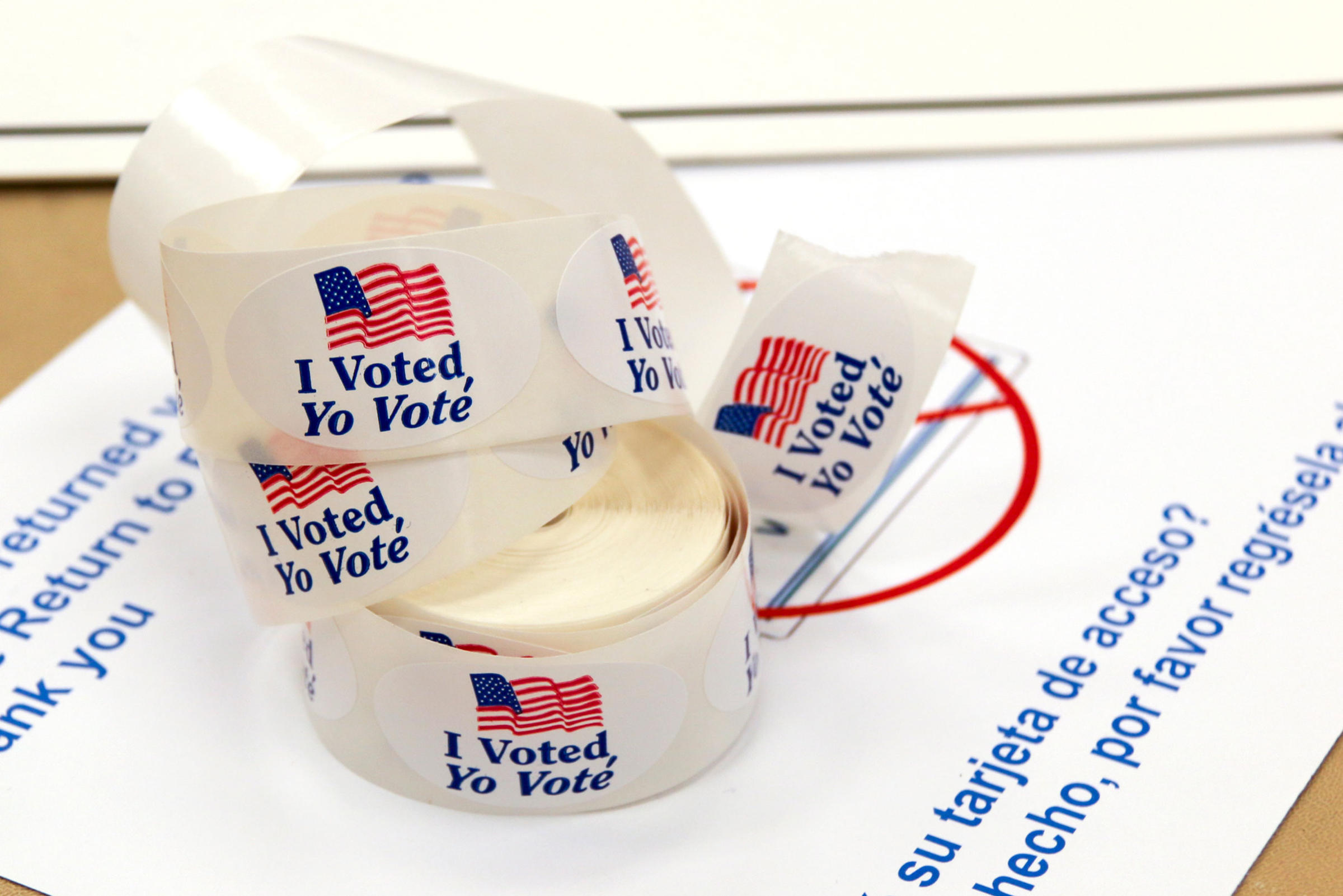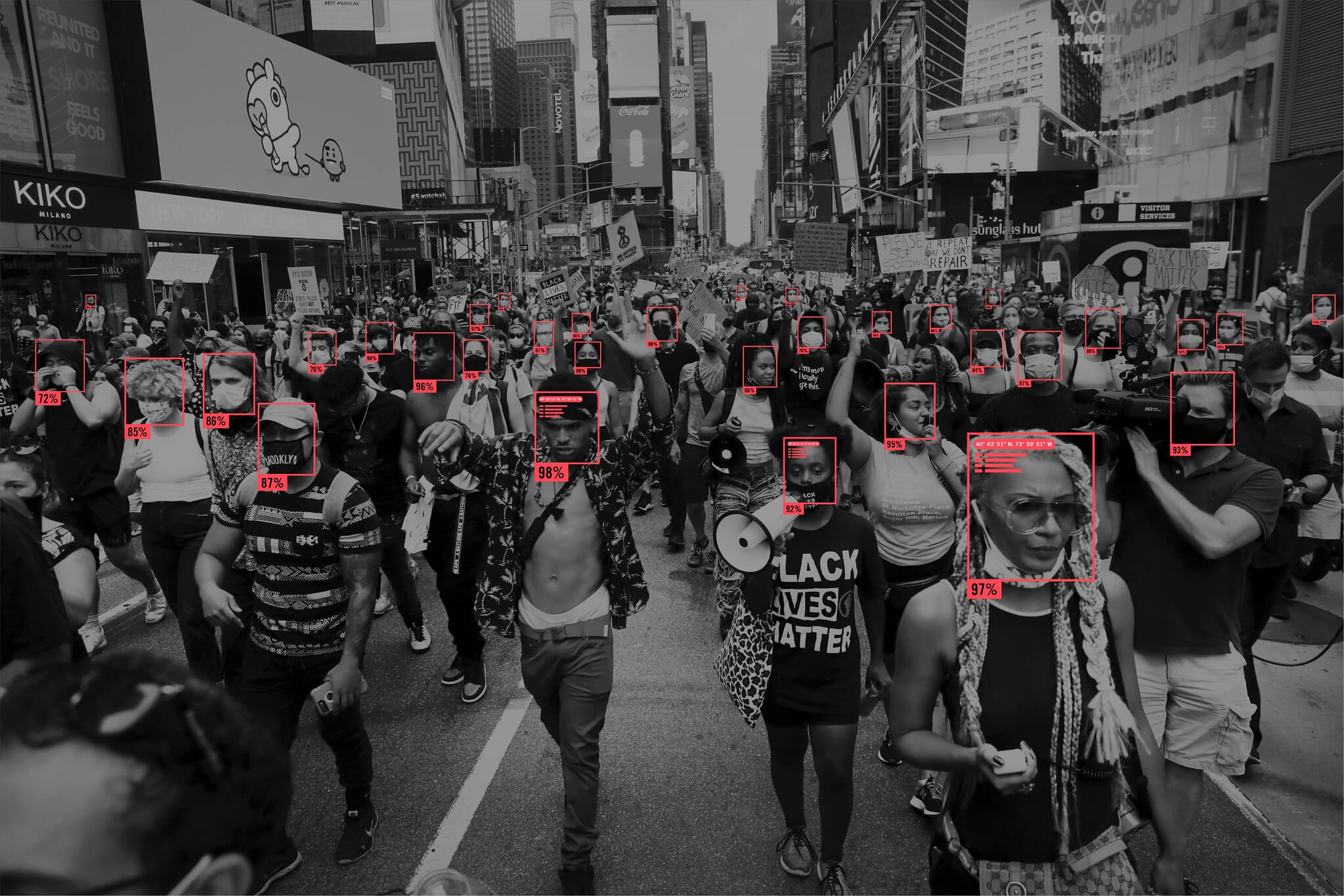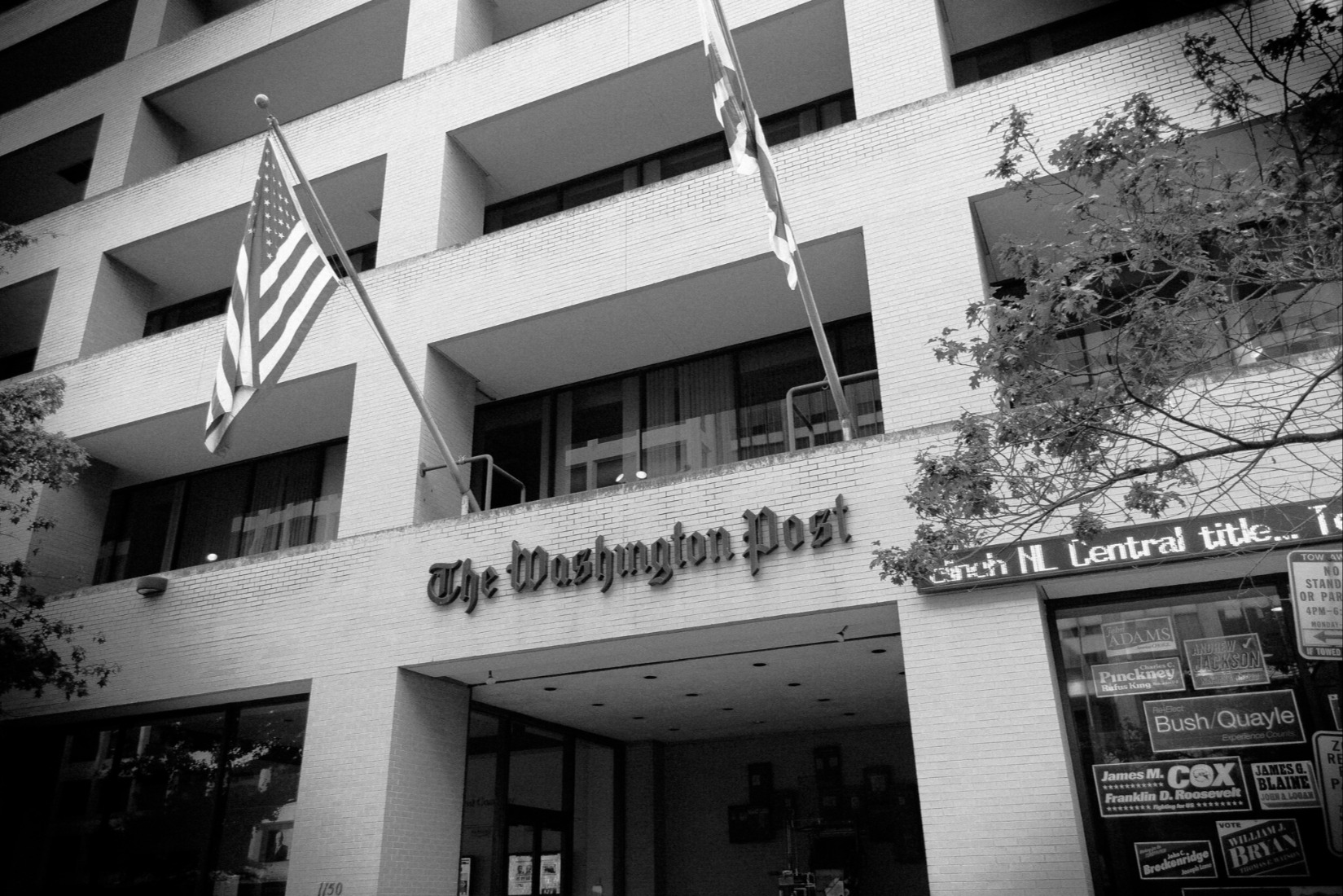Speech, Coercion, and the Myth of the Censorship Regime
.jpeg?sfvrsn=773924a2_5)
Published by The Lawfare Institute
in Cooperation With

There’s a difference between criticism and coercion—between persuasion and the threat of punishment—that shapes the boundaries of free expression in America. When officials gripe, that’s politics…but when they brandish regulatory power to make a private company do what they want, they’ve crossed a line. We saw examples of both this month, and recognizing the difference matters for protecting free speech.
On Sept. 17, Federal Communications Commission Chair Brendan Carr, upset about Jimmy Kimmel's commentary on Charlie Kirk's death, issued barely veiled threats about license revocation, declaring "we can do this the easy way or the hard way." ABC suspended Kimmel within hours—a textbook case of jawboning, a term for when government officials use regulatory threats to coerce private speech decisions.
The second, more obscure story was a letter that Google sent to House Judiciary Chairman Rep. Jim Jordan (R-Ohio) a few days later, on Sept. 23, 2025, admitting that Biden administration officials had “pressed the company regarding certain user-created content that did not violate its policies” during the COVID-19 pandemic, calling such pressure "unacceptable and wrong,"—and noting that it had resisted the pressure. Jordan took a victory lap, framing the admission as further vindication of his years-long hunt for a "censorship industrial complex." He additionally bragged about securing a capitulation from YouTube that it would never employ “so-called fact-checkers”—which he implied were censors, and which YouTube had not previously employed in the first place.
Google's letter documents government pressure, but also its own resistance. It explicitly states it maintained policy independence; it faced no retaliation for refusing government requests. ABC's response, by contrast, demonstrates fear and capitulation. One shows constitutional boundaries holding; the other shows them collapsing.
The Kimmel affair was widely and correctly viewed, including by free speech civil liberties organizations such as FIRE and several prominent individuals on the right (including Sen. Ted Cruz (R-Texas)), as a textbook case of jawboning; they condemned Carr’s actions. The Google letter, unfortunately, some then seemed to see as an opportunity to “both-sides” the issue, as if to say, “See, Biden did this too!”
Some made the connection to Murthy v. Missouri, a jawboning case that made it all the way to the Supreme Court before being tossed for standing. That case looms large in right-wing and heterodox media, where its mere existence continues to serve as proof that the “Biden Censorship Regime” was real, and that conservatives were egregiously suppressed on social media. This narrative is inexorably tied to the Twitter Files, a political project dressed up as investigative journalism into Twitter’s internal email archives, which came to serve as the main evidence to support the allegation. Yet when confronted with evidence produced through three years of litigation, congressional investigation, and sworn testimony, the claims of a "censorship industrial complex" didn't just get debunked—they disintegrated.
Google's letter, too, inadvertently undermines the Biden censorship narrative Jordan is using it to support. The company explicitly states it "continued to develop and enforce its policies independently" despite Biden administration pressure. Ironically, that statement came in a letter produced under subpoena from Jordan’s committee. And Jordan extracted both the letter and the fact-checking policy capitulation after having already interviewed dozens of Google employees, over the prior two years, while chair of the House Subcommittee on the Weaponization of the Federal Government. All of the employees interviewed by the committee denied experiencing coercive pressure from the Biden administration. In effect, Google resisted political pressure from the executive branch for years, but gave Jordan what he wanted: a narrative he could spin as vindication. A few days later, YouTube additionally settled a winnable and administratively-closed court case with Trump for deplatforming him after the Jan. 6 attack on the U.S. Capitol—paying out $24.5 million, with most going to a fund for a White House ballroom.
This hypocrisy matters because claiming "both sides do it" is a dangerous path to legitimizing the coercive behavior that has come to define the Trump administration.
Since Google's letter is being weaponized to resurrect a narrative constructed through deliberate misrepresentation and fabrication, it's worth revisiting exactly what was alleged—and subsequently debunked.
Murthy v. Missouri: A Case Powered by Vibes
In May 2022, then–Missouri Attorney General Eric Schmitt and Louisiana Attorney General Jeff Landry filed a suit against the Biden administration. They alleged that federal officials had demanded social media companies suppress conservative speech on a range of topics, from election integrity to COVID-19. The complaint claimed the administration’s actions amounted to unconstitutional censorship, and sought to bar officials from communicating with tech companies about content moderation. Their selection of a specific district essentially ensured that the case would be assigned to a particular judge, Terry Doughty.
The complaint also alleged that the government had used academic institutions that had run research projects studying election integrity and COVID-19 vaccine narratives, including the Stanford Internet Observatory, or SIO (my previous employer), as censorship cut-outs. The evidence that the academic projects had secretly been cut-outs included that former U.S. Surgeon General Vivek Murthy had delivered a public webinar that we’d hosted, and that several SIO undergraduates had interned at the Cybersecurity and Infrastructure Security Agency—during the Trump administration.
On July 4, 2023, the federal district court judge accepted the plaintiffs’ claims at face value and issued a sweeping order alleging that virtually every part of the federal government—from the White House to the Centers for Disease Control—along with the academic institutions, had engaged in “the most massive attack against free speech in United States history.” The injunction barred federal officials from communicating with platforms about content-related topics, with limited exceptions for terrorism, voter suppression, and a few other threats. It also barred the government from engaging with the academic institutions on similar topics.
Remarkably, the district judge also fabricated a quote and attributed it to me—alleging I’d declared that our work was “designed to get around unclear legal authorities”. But by this point, Stephen Miller’s America First Legal had sued us—with two of the same plaintiffs, roughly the same set of allegations, and in the same venue—so we could not easily respond. We eventually corrected the record in an amicus brief, but our speech was significantly chilled when it mattered most.
Very few media outlets dug through the substance of the material in Murthy v Missouri; many of those covering the case on Substack and social media were by this point deep believers in the “censorship complex” narrative. Mike Masnick of TechDirt, however, painstakingly worked through the evidence. He reported on a pattern of misrepresentation: There were public press secretary briefings where the White House criticized platforms for not doing more, Biden saying that platforms were "killing people” (then walking it back a few days later), and some internal emails in which staff pressed companies to remove non‑violative COVID-19 content—but, as with the Twitter Files, scarce evidence of the companies capitulating.
Crucially, some of the most notorious emails, which received significant heterodox media coverage, turned out to be complaints about situations unrelated to moderation. An infamous Rob Flaherty email yelling, "Are you guys fucking serious? I want an answer on what happened here and I want it today"—presented by Judge Doughty as evidence of threatening language about content moderation—was actually a conversation about technical issues with the @potus Instagram account losing followers.
The Fifth Circuit Court of Appeals rightly pared the sweeping injunction back. In September 2023, it threw out nine of the 10 provisions that had barred the government defendants from communicating with the companies about moderation, recognizing that mere communication is not coercion. It also threw out the prohibition barring the government from engaging with the private research institutions.
Murthy reached the Supreme Court in March 2024. And there, it collapsed. In a meticulously detailed opinion for the 6-3 majority, Justice Amy Coney Barrett systematically dismantled the case. Barrett noted that many of Judge Doughty's factual findings were "clearly erroneous." She showed that platforms had "independent incentives to moderate content and often exercised their own judgment," with many policies predating any government communications. Most devastatingly, Barrett noted “the lack of specific causation findings with respect to any discrete instance of content moderation. The District Court made none. Nor did the Fifth Circuit."
In other words, the Supreme Court found exactly what Google's letter articulates: that platforms maintained independence and made their own editorial decisions despite government pressure.
Murthy v. Missouri was tossed for standing because, as Barrett explained, the plaintiffs couldn’t establish links between their moderation “injuries” and the defendants' actions, yet were asking the Court to review "years-long communications between dozens of federal officials, across different agencies, with different social-media platforms, about different topics." Jay Bhattacharya and Martin Kulldorff— the “covid contrarian” physicians who built their brands as wrongly censored men—did not appear to have been mentioned by any of the government defendants at all. Platforms strongly appeared to be making independent editorial decisions based on their own policies—not government pressure.
Debunking The Academic Cabal: Twitter Files Fibs
As Murthy v. Missouri was rising and falling in the courts, a parallel effort was underway to establish the “censorship regime” theory through Rep. Jordan's Weaponization Committee and the Twitter Files.
In March 2023, Matt Taibbi and Michael Shellenberger, two Substack writers blessed by Elon Musk to work on the project, testified under oath before Jordan's committee with explosive allegations: a government-funded and directed academic cabal had mass-censored conservatives, taking instruction from the deep state and communicating it to the platforms. It had used artificial intelligence tools and secret portals to censor "22 million tweets" while preventing the public from seeing "entire narratives" during the 2020 election and COVID-19 pandemic. It had even demanded Twitter censor "true stories of vaccine side effects." This “Censorship Industrial Complex” was led by a “secret Central Intelligence Agency (CIA) agent”—me. These allegations resulted in multiple congressional subpoenas and “voluntary interview” requests.
But after those accused produced emails and work products to the committee, these explosive allegations crumbled. The "22 million censored tweets" became approximately 4,700 URLs that teams of mostly student researchers had flagged across all platforms, with companies ignoring 65 percent and primarily labeling the remaining 35 percent. Federal agencies were not sending content through for suppression. The claim about the censorship of "true stories of vaccine side effects" came from Taibbi cutting an email in half and misrepresenting a bullet in a list of content categories the project was tracking; there had been no demands made. And as for the CIA fantasy: I’d interned there as an undergraduate. One of the committee lawyers pressed my colleague to clarify that the CIA hadn’t placed me in my job during his sworn testimony.
Faced with no evidence of mass censorship laundered through academia to Big Tech, the Weaponization Committee's final report on this issue resorted to complaints about Stanford's response time (it took a while to redact student names) and nitpicking individual instances of private speech. It heavily relied on misleading innuendo and rhetoric—characterizing routine project management software as a "censorship arsenal."
The heterodox media outlets that had promoted the original explosive theory of a mass censorship complex did nothing to debunk it after the evidence was released. The fabricated narrative persists even as its factual foundation completely disintegrated.
Jordan's Own Witnesses Prove Platform Independence
But the most damaging evidence against Jordan's “Biden Censorship Regime” comes from his own committee's work: dozens of interviews with tech executives that directly contradict the claims he’s now making about the Google letter. Jordan's Weaponization Committee spent over two years interviewing employees from Google, Meta, Amazon, and other major platforms, specifically seeking evidence of government coercion. Interview transcripts in the 12,000-page appendix—released only after the committee concluded its work—tell exactly the same story as Google's letter: Companies maintained independence despite government outreach.
Between 2023 and 2024, when YouTube executives were asked by his staff directly about the "months of pressure" Jordan claimed had forced their policy changes, a former public policy manager testified: "This is not an accurate characterization… YouTube doesn't change policies… as a result of pressure from the White House." When asked whether an email from Rob Flaherty saying "we'd love to get into the habit" of regular communication constituted a threat or coercion, the former public policy manager responded, "I did not take that as a threat…I did not take that as coercion."
The YouTube director of Health Partnerships provided similar testimony about White House meetings, explaining their purpose was to "preview our policy… get any feedback." Another YouTube policy interviewee, when asked whether statements in White House meetings constituted threats or coercion against Google or YouTube responded: "Not that I can recall… I just can't recall that feeling or the notion of threats on how YouTube enforces its community guidelines." When asked directly whether there was any government coercion to remove content or threats related to Section 230: "Not in my experience…No."
This pattern held across dozens of interviews from executives both within Google, and across multiple companies. Where White House emails and meetings were discussed, the closest witnesses came to describing pressure was acknowledging that officials had expressed "frustration" with platform policies—which they consistently declined to characterize as coercion or threats.
Jordan had all this testimony in his possession before celebrating Google's letter as vindication of his censorship claims. His own witnesses, interviewed by his own staff, had already told him exactly what Google's letter actually says: that it maintained independence and felt no coercion from the Biden administration.
The Real Threat: Actual versus Fabricated Coercion
The creation of the “Biden Censorship Regime” meme was an intentional process. The Twitter Files, the Murthy lawsuit, and the Weaponization Committee all drew from the same well of allegations, often recycled without verification. Allegations posted to Twitter became citations in congressional reports, then appeared again in court filings—creating the illusion of corroboration where none existed.
This loop thrived because media ecosystems today are fractured enough to allow it. Many people saw only the viral claims—“22 million tweets censored,” “NGO cut-outs,” and “secret CIA agents”—but didn’t register the goalpost-moving that followed. The collapse of the Murthy case, the demonstrable falsehoods in the Twitter Files exposés, the contradictions in the congressional testimony—none of it mattered once the rumors had hardened into reality.
The Biden administration did attempt to persuade tech platforms in its public criticism, and private communications—as prior administrations of both parties have done. Tech employees often report that congressional staffers call and yell, officials in the first Trump administration called and yelled, foreign governments call and yell—calling and yelling or sending mean emails is not surprising. The question is whether government officials exceed appropriate boundaries and use their regulatory or other power to coerce.
Google's letter to Jordan provides evidence against the "censorship industrial complex" narrative he is using it to support. The company's explicit statement that it "continued to develop and enforce its policies independently" despite government pressure during the Biden administration stands in stark contrast to ABC's capitulation following Carr's regulatory threats.
Jordan, meanwhile, treated Google’s resistance as proof of censorship, and his own success in getting YouTube to capitulate on a fact-checking policy as a victory for free speech. He isn’t fighting against censorship, he’s redefining it in service to his political objectives. Actual coercion is legitimized; resistance to it is treated as proof of conspiracy.
The threat to free expression isn’t coming from politicians that platforms feel comfortable resisting, but from those they rush to appease.





